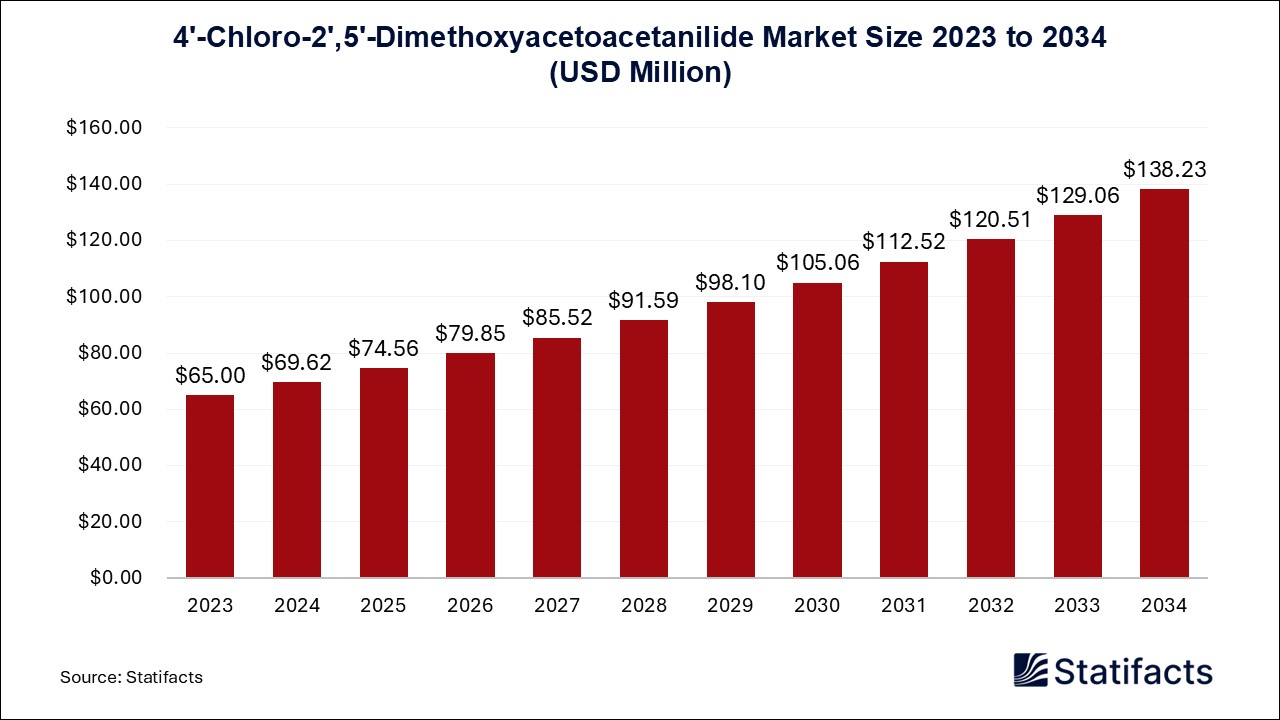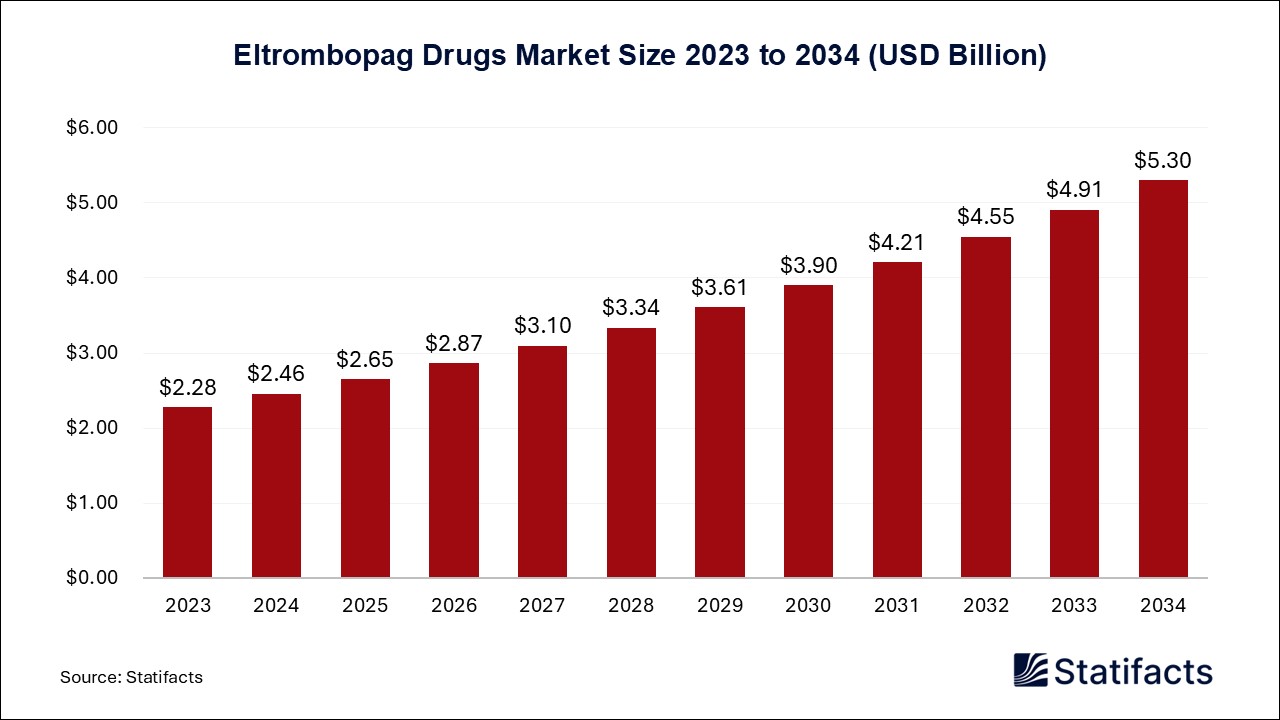
By clicking “Accept All Cookies” you agree to the storing of cookies on your device to enhance site navigation, analyze site usage, and assist in our marketing efforts.
Privacy PolicyThe Asia Pacific pharmaceutical excipients market size was evaluated at USD 1.99 billion in 2024 and is expected to grow around USD 3.58 billion by 2034, registering a CAGR of 6.04% from 2025 to 2034.
| Industry Worth | Details |
| Market Size in 2025 | USD 2.11 Billion |
| Market Size by 2034 | USD 3.58 Billion |
| Market Growth Rate from 2025 to 2034 | CAGR of 6.04% |
Pharmaceutical excipients are substances other than the active pharmaceutical ingredients that have been appropriately evaluated for safety and are intentionally included in a drug delivery system. An excipient is an inactive substance formulated with active pharmaceutical ingredients (API) of a medication to bulk up formulations that contain potent active ingredients. Excipients are also known as diluents, fillers, or bulking agents.
The pharmaceutical excipients market growth is driven by increased demand for medicines and medical drugs, along with rising uptake of biopharmaceuticals, rising collaboration, and high demand for generic and pharmaceutical drugs in the Asia Pacific region. Pharmaceutical excipients are generally used as flavorings, binders, diluents, lubricants, coloring, and coating agents for the formulation.
Advanced technology in the pharmaceutical industry includes blockchain technology, which is essential for the pharmaceutical industry in many stages of drug production and distribution, and can advance the industry by introducing key elements like traceability, transparency, and privacy in the Asia Pacific region.
Rising demand for generic drugs: The benefits of generic drugs are cost savings. The brand-name drugs need research and testing that takes a lot of time and money, but generic drugs only need to copy what already exists, saving them the cost and enabling the price to stay low. Generic drugs are proven to be safe and effective. Doctors will generally prefer a generic over a brand drug. It also includes the benefits of diverse availability, encouragement of market competition, equivalent effectiveness, and cost effectiveness.
Focus on patient-centric formulations: Patient engagement can help to guide the development of therapies and vaccines to meet the needs, priorities, and preferences of patients and the broader community. Patient-centric formulations consider patient needs, experiences, and preferences to inform better decision-making and yield more effective therapies. It includes the delivery of patient-based solutions that can enhance patient outcomes and quality of life.
Adverse effects of excipients: Adverse effects are also known as side effects, are unwanted, undesirable effects that are possibly related to a drug. Common adverse effects caused by excipients are gastrointestinal, angio-oedema, skin eruptions, bronchoconstriction, and hyperactivity symptoms. Persistent administration of sugar-containing medicines can cause tooth decay. Popular sweetener sorbitol is used in some liquid medicines, and may cause diarrhea due to it acts as an osmotic laxative.
Advancement in the development of excipients: Production and advancement in the development of multipurpose excipients depend on the choice of plastic or brittle excipients, the right proportion of excipients, the technology for preparing them, and also the drying process. Technology and production methods for co-processed excipients include dry granulation, wet granulation, fluidized bed spray granulation (FBSP), spray drying, co-precipitation, and melt granulation.
By functionality, the fillers & diluents segment enjoyed a prominent position in the pharmaceutical excipients market during 2024. The fillers and diluents are substances used in the pharmaceutical industry to improve the manufacturing and performance of medications. Diluents are inert powders that act as diluting agents or fillers in the formation of powder sachets, tablets, and capsules. They provide better tablet properties, like enhanced cohesion or to promote flow. It increases the volume and maintains potency.
The coating agents segment is predicted to witness significant growth in the market over the forecast period. Coating agents in pharmaceuticals, this layer acts on multiple purposes, including providing a coating on tablets in order to achieve a variety of goals, including enhancing stability, flavor, or appearance, in addition to making it easier to swallow.
By excipient type, the lactose-based excipients segment dominated the pharmaceutical excipients market. Lactose is one of the most popular excipients used in the pharmaceutical industry. Due to their water solubility and acceptable flowability, it is generally added into tablet formulation to enhance wettability and undesirable flowability. It may be listed as lactose spray-dried, lactose monohydrate, lactose anhydrous, or lactose hydrous.
The cellulose segment is projected to expand rapidly in the market in the coming years. Cellulose is one of the important excipients used in tableting because of its excellent binding properties in the dry state, also acts as an adherent, lubricant, filler or diluent, absorbent, and tablet disintegrant. Additionally, cellulose is the most abundant natural polymer on Earth.
Published by Deepa Pandey
To get full access to our Market Insights, you need a Professional Account or a Business Suite.

You will receive an email from our Business Development Manager. Please be sure to check your SPAM/JUNK folder too.

You will receive an email from our Business Development Manager. Please be sure to check your SPAM/JUNK folder too.

Our customers work more efficiently and benefit from

-tantalum-(v)-market.jpg)

